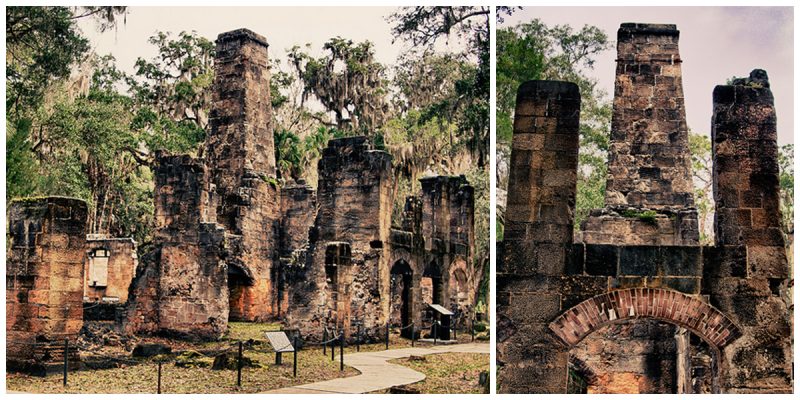Bulow Plantation Ruins Historic State Park is a Florida State Park in Flagler Beach, Florida. It is three miles west of Flagler Beach on CR 2001, south of SR 100, and contains the ruins of an ante-bellum plantation and its sugar mill, built of coquina sedimentary rock, made up of crushed shells. It was the largest plantation in East Florida.
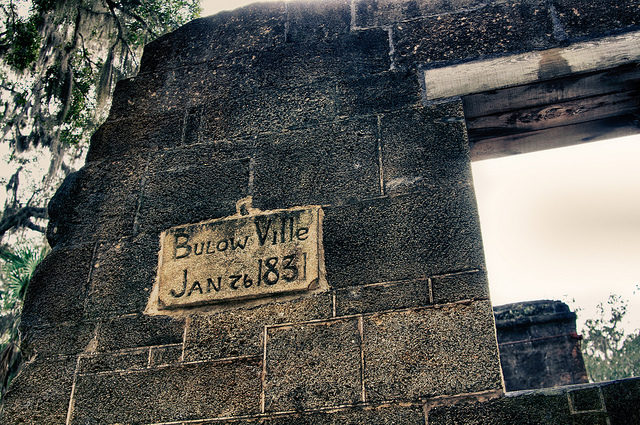
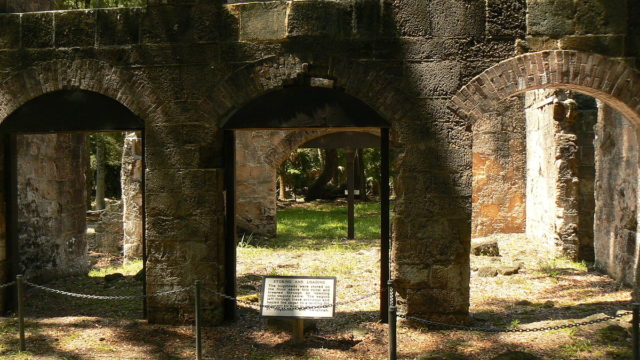
The plantation was developed beginning in 1821 by Major Charles Wilhelm Bulow, who acquired 4,675 acres on a tidal creek. Over the years, the creek became known as Bulow Creek and the area is now Bulow Creek State Park.
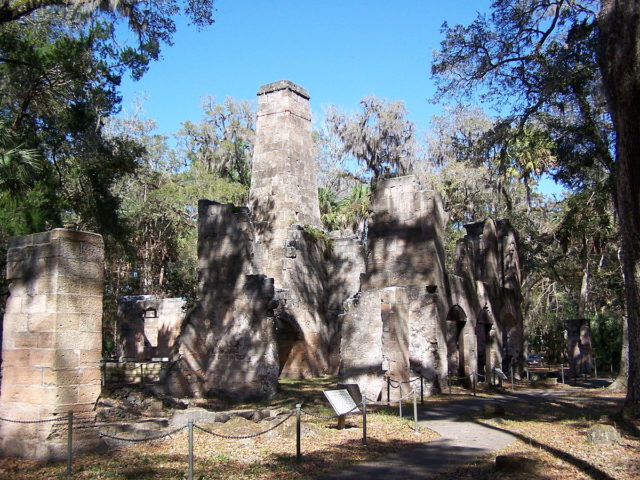
With slave labor, he cleared 2,200 acres for the cultivation of commodity crops: indigo, cotton, rice, and sugarcane. At his death in 1823, his seventeen-year-old son, John Joachim Bulow inherited the property. After completing his education in Paris, John Bulow returned to the Territory of Florida to manage the plantation. At Christmas 1831 into January 1832, Bulow hosted the artist and naturalist John James Audubon, who explored the area in his continuing study of American birds. About that time, Bulow had a sugar mill constructed on his property.
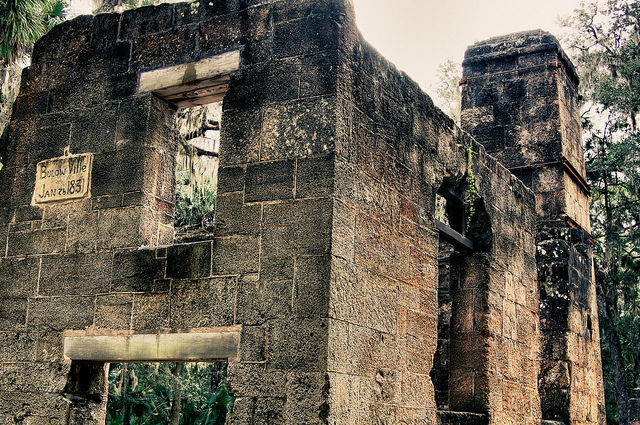
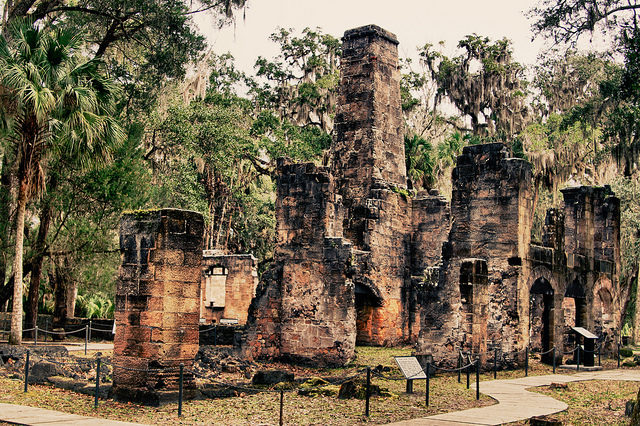
The plantation was most prosperous in the early 1830’s, then came the Second Seminole War. In January 1836, a band of raiding Seminole Indians, resisting removal to the West, looted and burned the plantation.
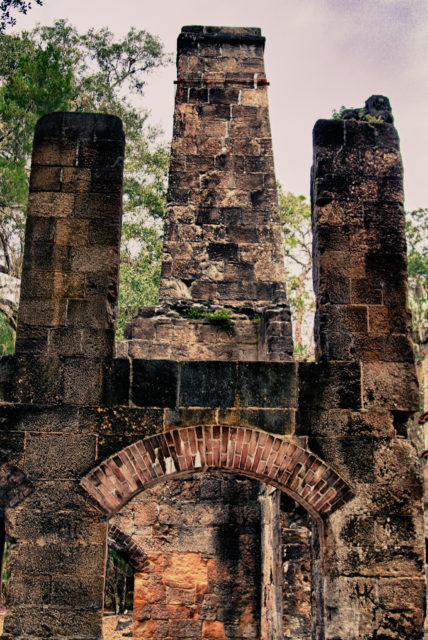
The property and ruins were acquired by the State of Florida in 1945 and dedicated as a State Historic Park in 1957. It was added to the National Register of Historic Places on 29 September 1970. These days, all that remains of that once proud factory and mansion are a few stone walls and chimneys.
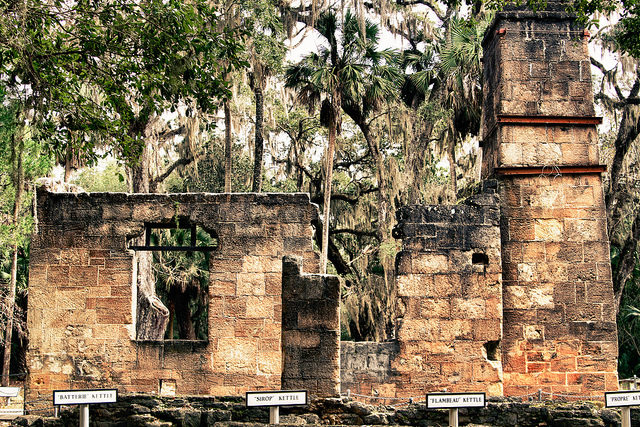
A plaque near the place describes the history of the ruins as you approach the site.
“This was the largest sugar mill in Florida. It was operated by Charles Wilhelm Bulow and John Joachim Bulow from 1820 until it was burned by the Seminoles in 1836. Sugar cane was planted in January and February and was ready for harvesting by mid-October. Field workers cut the cane and loaded it on wagons that brought it to the mill for processing.“
